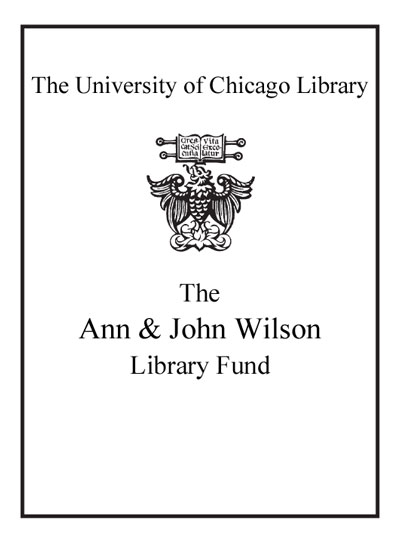This means this, this means that : a user's guide to semiotics /
Saved in:
| Author / Creator: | Hall, Sean. |
|---|---|
| Edition: | 2nd ed. |
| Imprint: | London : Laurence King Pub., 2012. |
| Description: | 192 p : ill. (chiefly col.) ; 26 cm. |
| Language: | English |
| Subject: | |
| Format: | Print Book |
| URL for this record: | http://pi.lib.uchicago.edu/1001/cat/bib/8684716 |
Table of Contents:
- Introduction
- Acknowledgments
- 1. Signs and Signing
- Signifier and Signified
- Sign
- Icon
- Index
- Symbol
- Sender
- Intention
- Message
- Transmission
- Noise
- Receiver
- Destination
- Feedback
- 2. Ways of Meaning
- Simile
- Metaphor
- Metonym
- Synecdoche
- Irony
- Lies
- Impossibility
- Depiction
- Representation
- 3. Conceptual Structures
- Truth and Falsity
- Sameness and Difference
- Wholes and Parts
- Subjectivity and Objectivity
- Appearance and Reality
- Continuity and Discontinuity
- Sense and Reference
- Meaningful and Meaningless
- Problem and Solution
- 4. Visual Structures
- Viewer and Image
- Ideal and Real
- Given and New
- Center and Margin
- Foreground and Background
- Proximity and Presence
- Before and After
- Past, Present, and Future
- Fast and Slow
- 5. Textual Structures
- Readers and Texts
- Words and Images
- Functions
- Forms
- Placing
- Prominence
- Voices
- Intertextuality and Intratextuality
- Paratext and Para language
- 6. Matters of Interpretation
- Concepts and Conceptions
- Connotation and Denotation
- Langue and Parole
- Combinations and Substitutions
- Tokens and Types
- Rule-following
- Conventions
- Classifications
- Understanding and Misunderstanding
- 7. Framing Meaning
- Semantic Units
- Genres
- Styles
- Stereotypes
- Institutions
- Ideologies
- Discourses
- Myths
- Paradigms
- 8. Stories and Storytelling
- Fact and Fiction
- Narratives
- Legends
- Characters and Personas
- Viewpoints
- Mysteries
- Tensions
- Turning points
- Resolutions
- Conclusion
- Bibliography
- Picture Credits

